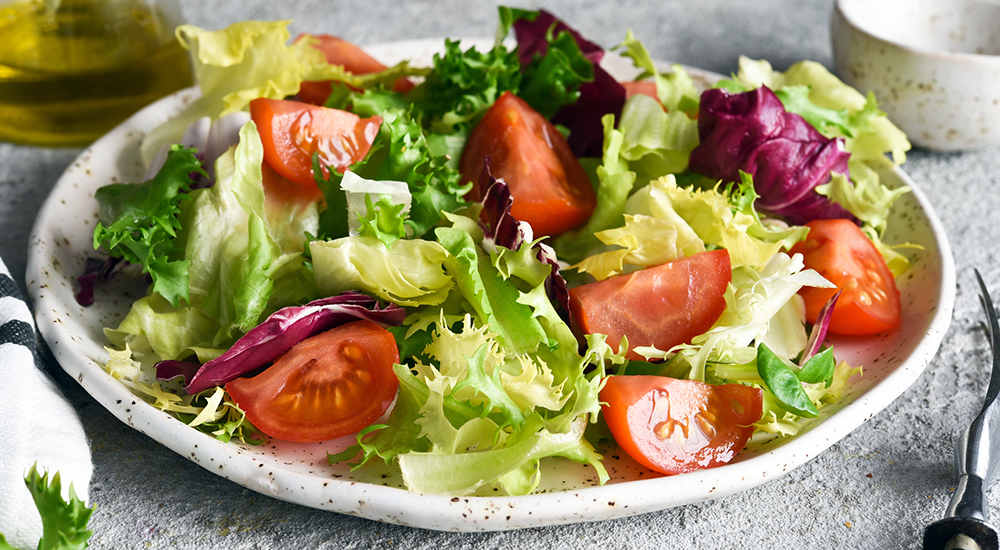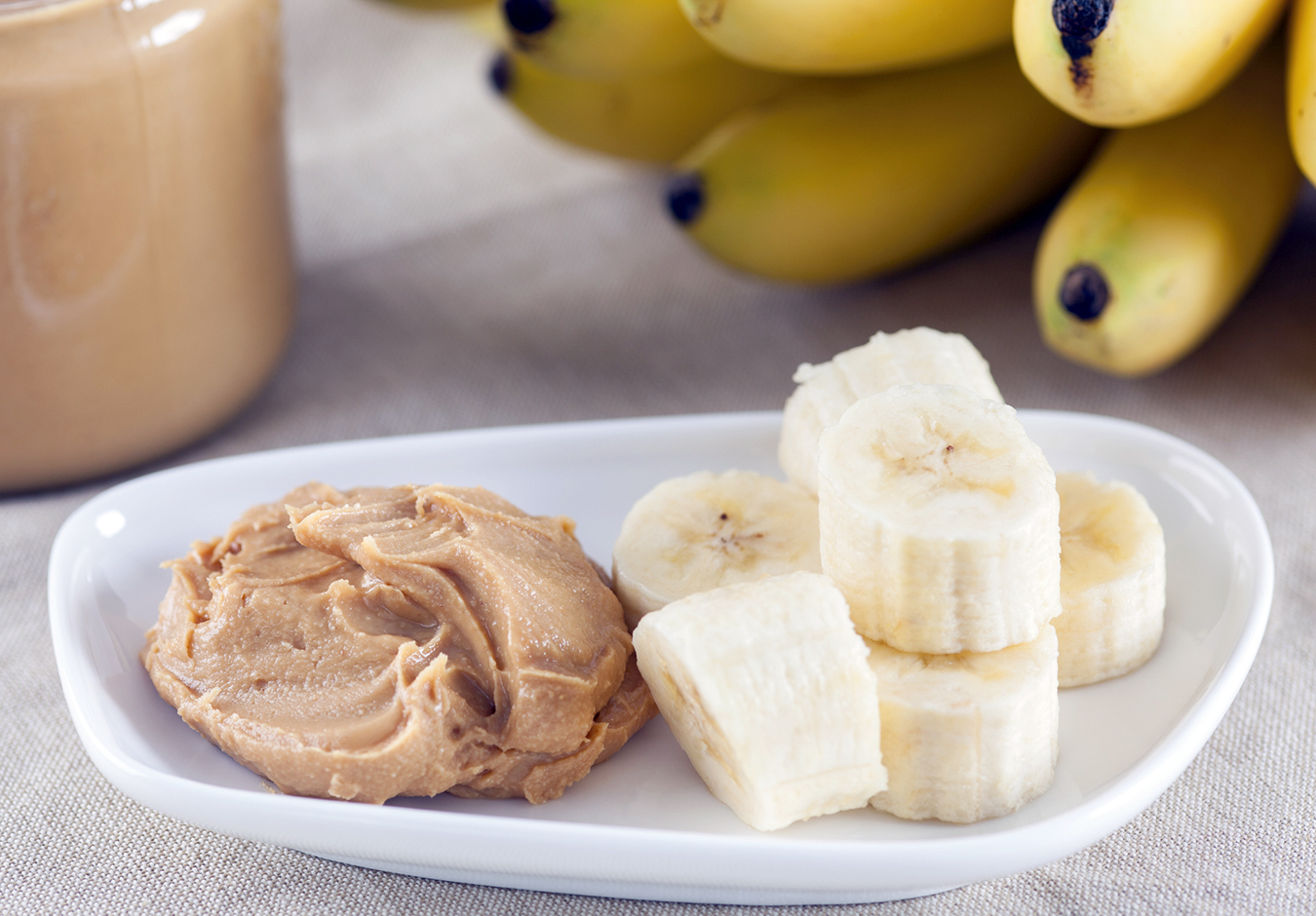We’ve all been told we should eat our fruits and veggies. The most well-respected diets, including Mediterranean, DASH and MIND, are high in fruits and vegetables. USDA’s MyPlate recommends making half your plate fruits and/or vegetables.
These diets show lower risk for chronic disease, some cancers and maintaining a healthy weight. June is National Fresh Fruit and Vegetable Month and the perfect time to celebrate these nutrition powerhouses.
Working as an outpatient dietitian, one of my top discussion points with Veterans is their fruit and vegetable intake. According to 2019 data from the CDC, only about 1 in 10 adults meets their fruit and vegetable goals.
Rather than talking about why we should eat fruits and vegetables, I want to share real-world examples from Veterans I have worked with of how they added fruits and veggies to achieve their health goals.
Salad became regular lunch rotation
- When I met Mr. B, he said, “Don’t even try to get me to eat vegetables. I’m a meat and potatoes guy, I’m not going to change.” He was trying to lose weight before bariatric surgery. He started with reducing portions on high calorie foods. Next, he added berries as a night snack.
After several months he came in and proudly handed me his food journal. To my surprise, he ate a salad three times the week before for lunch. That salad became a regular lunch rotation.
- N has advanced COPD and has lost a lot of weight over the past year. She had an interest in foods to help stop her weight loss. Fruits and vegetables are not high in calories but it’s easy to add calories. We came up with eating a banana daily and adding peanut butter. This was tasty, easy for her to swallow and high in calories.
Replaced powders with berries
- R was referred to me for prediabetes and high cholesterol. His diet was fairly healthy with vegetables twice a day but lacked fruit. He had a protein shake in the morning with 2 separate protein powders. We discussed eliminating one of the powders and replacing it with a serving of berries to increase his fiber intake.
- H was trying to lose weight. His diet was mostly processed, frozen foods. We talked about the Mediterranean Diet and he started replacing frozen chimichangas with various fresh and frozen vegetables paired with chicken or fish. He began losing weight and noticed the swelling from his lymphedema improved with less salt in his diet.
These are just a few examples of Veterans who successfully increased fruits and vegetables with small changes. For anyone not sure how to add fresh produce into their diet, check out VA’s Healthy Teaching Kitchen website for tips and recipes. MyPlate is full of online resources.
And, as always, do not hesitate to contact your local VA to speak with a dietitian if you want to add fresh fruits and veggies into your diet but aren’t sure where to start. We’d love to work with you.
Topics in this story
More Stories
A Veteran was hesitating, finding reasons not to show up for the residential treatment she knew she needed. Here's how she overcame.
Headsets come preloaded with the Honor Everywhere program, allowing Veterans to virtually immerse themselves in iconic war memorials.
Gulf Coast VA has established a standardized Virtual Reality Home Use program.







What’s the best time to eat fruits understanding they are high in sugars?
I read your health tips & it helps me choose better & healthier eating.